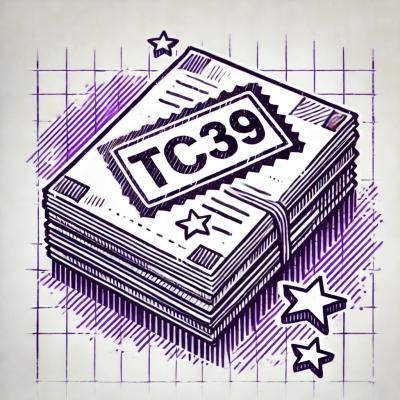pyramid_html_minifier
|build status|_
|code coverage|_
.. |build status| image:: https://secure.travis-ci.org/davidemoro/pyramid_html_minifier.png?branch=master
.. _build status: http://travis-ci.org/davidemoro/pyramid_html_minifier
.. |code coverage| image:: http://codecov.io/github/davidemoro/pyramid_html_minifier/coverage.svg?branch=master
.. _code coverage: http://codecov.io/github/davidemoro/pyramid_html_minifier?branch=master
pyramid_html_minifier introduces safe html minification
with no overhead for Pylons/Pyramid applications powered by:
Chameleon templates (ZPT based template implementation). Chameleon
templates are still valid XML, so they can be safely minified with not
too aggressive minification options
What you get with pyramid_html_minifier
-
bandwith and performance. Save precious kilobytes (~50-80% depending on your templates).
It is quite important for bandwith usage and improved performance,
even more important if you have to manage a big and fat
Pylons/Pyramid based website with a lot of traffic.
See https://www.npmjs.com/package/html-minifier
-
no overhead. The minification is based on a build step (a sort of
gulp/grunt based collectstatic). So no minification on the fly
-
safe template/html minification. It works even with macros
and slots.
This pattern has been adopted on production websites with no issues
after 1 year. So I dare say it is a safe pattern after a
1-year quarantine without any sort of problems. You should only
remember to disable too aggressive minification options (see next
sections)
What pyramid_html_minifier does
What pyramid_html_minifier introduces:
-
a custom .html renderer (interpreted as Chameleon templates)
-
support for dist vs app, commonly used in Yeoman
projects. app will be used for development, while dist
in production mode (based on a template minification build).
This way you can start developing static mock applications (even
heavily Javascript based) using the Yeoman workflow and use your
modified html files enriched by macros and slots as Chameleon
templates.
How to use pyramid_html_minifier
Here you can see how to enable Chameleon templates minification in your
Pylons/Pyramid web application:
-
put your Chameleon template file in templates/app/master.html and its
minified version in templates/dist/master.html (the .html extension is
important). Obviously don't do minification by hand, add Yeoman in your
development workflow with its related tools for automation.
This package does not provide any gulp or grunt configuration,
you are supposed to create your own setup
-
register a normal Pylons/Pyramid callable view with
renderer="your_plugin:templates/{0}/master.html". The {0} is only
a placeholder that pyramid_html_minifier will fill depending on your
settings. See next step
-
tell pyramid_html_minifier if you want to pick up standard templates or
minified ones adding the pyramid_html_minifier.placeholder setting to your
.ini file. Typical value for development is app (the default one),
while dist is usually used for prodcution environments.
Example: pyramid_html_minifier.placeholder = dist
-
add pyramid_html_minifier to your pyramid.includes setting
The final .ini file should looks like the following one::
pyramid.includes =
...
pyramid_html_minifier
...
pyramid_html_minifier.placeholder = dist
Safe minification options
I suggest to automate the build process integrating the Yeoman workflow into your
Pylons/Pyramid project for the best developing experience.
I suggest to use the html-minifier minificator and its friend gulp-html-minifier
disabling too aggressive html minification options.
In particular be sure that the keepClosingSlash option is enabled and
removeAttributeQuotes is disabled.
Here you can see a real example working configuration::
const htmlMinifierOptions = {
collapseBooleanAttributes: true,
collapseWhitespace: true,
removeComments: true,
removeCommentsFromCDATA: true,
removeEmptyAttributes: true,
removeRedundantAttributes: true,
useShortDoctype: true,
keepClosingSlash: true,
}
...
gulp.task('html', ['styles'], () => {
const assets = $.useref.assets({searchPath: ['.tmp', 'app', '.']});
return gulp.src('app/*.html')
..
.pipe($.if('*.html', $.htmlMinifier(htmlMinifierOptions)))
...
.pipe(gulp.dest('dist'));
Why Yeoman
Why Yeoman:
-
better and more modern web development experience
-
minification and/or resources concatenation (images, css, Javascript)
-
more. See http://yeoman.io/
Links
Here you can find a project using pyramid_html_minifier:
More details about case studies using the same pattern:
Authors
0.1 (2015-08-03)



